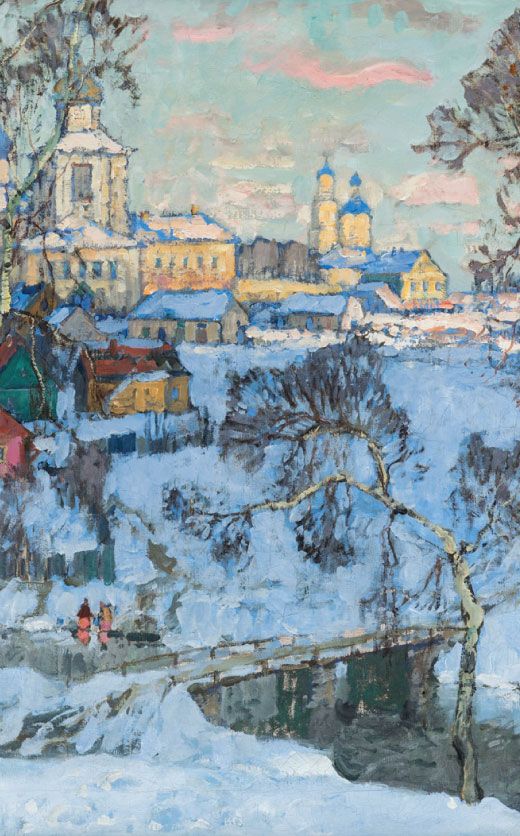Exhibited Congolese Yaka Kholuka Face Mask w/ Figure
Lot 56d
About Seller
Artemis Fine Arts
686 S Taylor Ave, Ste 106
Louisville, CO 80027
United States
Selling antiquities, ancient and ethnographic art online since 1993, Artemis Gallery specializes in Classical Antiquities (Egyptian, Greek, Roman, Near Eastern), Asian, Pre-Columbian, African / Tribal / Oceanographic art. Our extensive inventory includes pottery, stone, metal, wood, glass and textil...Read more
Categories
Estimate:
$1,200 - $2,000
Absentee vs Live bid
Two ways to bid:
- Leave a max absentee bid and the platform will bid on your behalf up to your maximum bid during the live auction.
- Bid live during the auction and your bids will be submitted real-time to the auctioneer.
Bid Increments
| Price | Bid Increment |
|---|---|
| $0 | $25 |
| $300 | $50 |
| $1,000 | $100 |
| $2,000 | $250 |
| $5,000 | $500 |
| $10,000 | $1,000 |
| $20,000 | $2,500 |
| $50,000 | $5,000 |
| $100,000 | $10,000 |
| $200,000 | $20,000 |
About Auction
By Artemis Fine Arts
Aug 22, 2025
Set Reminder
2025-08-22 10:00:00
2025-08-22 10:00:00
America/New_York
Bidsquare
Bidsquare : Indigenous Art - Ralph T. Coe Center, Santa Fe, NM
https://www.bidsquare.com/auctions/artemis-gallery/indigenous-art---ralph-t-coe-center-santa-fe-nm-20324
Featuring works of art from the Ralph T. Coe Center for the Arts in Santa Fe, New Mexico, a non-profit focused on promoting Indigenous Arts globally. All proceeds from the sale of these items will support future grants to Rehoming Program participants. Artemis Fine Arts info@artemisfinearts.com
Featuring works of art from the Ralph T. Coe Center for the Arts in Santa Fe, New Mexico, a non-profit focused on promoting Indigenous Arts globally. All proceeds from the sale of these items will support future grants to Rehoming Program participants. Artemis Fine Arts info@artemisfinearts.com
- Lot Description
Central Africa, Democratic Republic of Congo, Northern Yaka people, ca. early 20th century CE. An early 20th century Yaka kholuka face mask, carved of wood and adorned with raffia, cloth, and pigment. Known among the Yaka as n-khanda or m-khanda, the kholuka mask is a prominent emblem within the male initiation society of the Makunda, used in the final stages of the boys' transition to manhood. The wooden face presents the archetypal Yaka features: heavy-lidded eyes set within circular ridges, a pronounced, downturned nose, and pursed lips, all framed by a dense raffia ruff. Beneath the raffia lies a hidden stabilizing rod, enabling the dancer to steady the mask during vigorous choreography. Above the face rises a multi-tiered wickerwork coiffure, painted in alternating bands of red and black pigment, signifying the elevated social rank of the mask's owner. Atop the conical superstructure is a puppet-like figure fashioned from cloth and fiber, shown in an explicit pose depicting a man administering himself an enema. Size: 14" W x 35" H (35.6 cm x 88.9 cm)
Such figures - whether erotic, satirical, or narrative - reference themes of sexuality, fertility, and social commentary. They often parody outsiders, deviant behavior, or foreign customs, reinforcing Yaka identity and values during the coming-out festivities.
The kholuka is not worn by initiates but by a senior n-khanda official, typically the leader of the initiation or a high-ranking member of the men's society. As the most popular mask in the male initiation masquerade, it is danced last, often by an exuberant and charismatic performer whose bawdy humor and exaggerated gestures deliberately flout social taboos. While entertaining, the kholuka also functions as a potent magical power object, incorporating ritual substances, including the ashes from a destroyed initiation mask, to ensure spiritual continuity.
In past performances, the kholuka marked the culmination of a prolonged seclusion at the village's edge, celebrating the reintegration of the initiates as men ready to assume their roles in Yaka society. The dynamic combination of refined carving, complex coiffure, raffia embellishment, and figural satire reflects the mask's dual role as both a vessel of sacred authority and an instrument of communal wit.
Exhibited: 2002, October 3 to December 15, "Selections from the Ralph T. Coe Collection of African Art" at Allen Memorial Museum, Oberlin College. Oberlin, Ohio, USA.
Published: "Selections from the Ralph T. Coe Collection of African Art" Allen Memorial Museum, Oberlin College catalogue, p. 29, ill #16 and back cover.
Provenance: Ralph T. Coe Center for the Arts, Santa Fe, New Mexico, USA, acquired in 2010 via descent; ex-private collection of Ralph T. Coe, Santa Fe, New Mexico, USA, acquired in November 1993; ex-Africa Escapes, London, England, UK
All items legal to buy/sell under U.S. Statute covering cultural patrimony Code 2600, CHAPTER 14, and are guaranteed to be as described or your money back.
A Certificate of Authenticity will accompany all winning bids.
We ship worldwide and handle all shipping in-house for your convenience.
#196378Fragile with shedding to raffia and loose pigments, as well as tear to cloth on first tier. Some scratches and fraying in areas. Rich patina throughout.Condition
- Shipping Info
-
All shipping is handled in-house for your convenience. Your invoice from Artemis Fine Arts will include shipping calculation instructions. If in doubt, please ask before bidding for estimated shipping costs for individual items.
-
- Buyer's Premium



 EUR
EUR CAD
CAD AUD
AUD GBP
GBP MXN
MXN HKD
HKD CNY
CNY MYR
MYR SEK
SEK SGD
SGD CHF
CHF THB
THB















